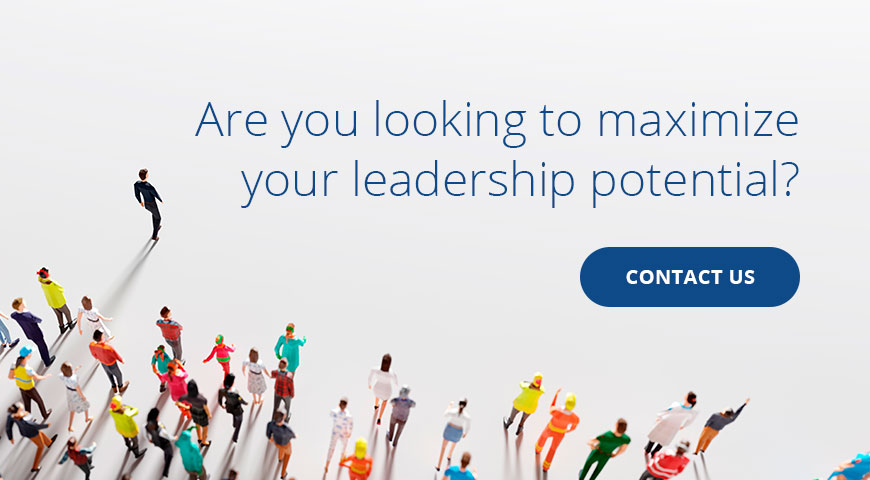Most organizations have strategic plans to achieve their executive goals. The only obstacles in the way of the plan and desired results are, ironically, the people themselves. This stems from companies ignoring fair assessments of executive coaching and whether it will always help employees reach their goals. After all, talent optimization isn’t vital for executive teams that let opportunities for success pass them by. Its application of analytics helps ensure that organizations find the best candidates. Yet, talent optimization is critical for companies serious about effectively achieving executive goals.
How Can Workplace Culture Optimize Talent?
Without a business plan, an organization has no direction at all. It needs to have a vision for the future just as much as quantifiable objectives. Only by being unambiguous about its goals can an executive successfully direct team efforts and conduct strategic planning. Moreover, it is these kinds of businesses that attract the most talented individuals. It all starts with defining your organization’s workplace culture and its intentions.
Specifically, workplace culture is reinforced to mold employee behavior and productivity. When creating a strong workplace culture, businesses can help employees stay focused and motivated to succeed. By contrast, a weak workplace culture can easily create a disconnect with employees.
Basically, it cannot always come down to the workplace environment. Sometimes, people need to be just as active when it comes to optimizing their talent and skills.
Talent Optimization: An Effective Hiring Strategy
“Finding” talent is crucial to talent optimization. To do this successfully, organizations need to formulate plans for hiring the individuals they need.
Optimize the Diagnosis
How can you tell if the best people are carrying out your desired business plan? You need resources and a procedure in place to respond to this. In other words, you need to understand what’s not working to know how to fix it.
Optimize the Design
Next, change the organizational structure to improve your chances of success. Make sure that your present talent is enough to execute your plan successfully. What’s more, pose the following questions: Do you need more influencers, risk-takers, or communicators? How do you adapt to markets’ constant changes? Through self-reflection, you become more aware of what needs to be changed.

Optimize the Hiring Process
Make sure you think about the following things when you recruit individuals into your organization:
- What talent gaps currently exist?
- Are cognitive standards for success objective and definitive?
- Do key performance indicators align with company objectives?
- Once hired, how will new employees be welcomed and integrated into the company?
Optimize Your Influence
There are things to be considered when influencing your new hires:
- What is your plan for growth?
- Do managers and executives have coaching skills?
- Do your methods for learning encourage engagement and performance?
- How do you gauge participation?
You know who the high performers are. They’re the ones seeking intellectual challenges and growth, in addition to filling gaps for the organization’s leadership.
Talent Optimization: Leadership Development and Branding
With new hires aboard an organization, someone needs to see where the talent lies. Basically, that “someone” is the leadership.
Interestingly enough, most firms don’t address leader development and talent optimization in a holistic, multi-level, long-term manner. What they do need is for leadership to sell the organization’s “mission” like a brand. With more motivation given to the employees, the more one’s productivity is obvious. From there, high-to-low-level talent optimization can easily be seen amongst the various individuals operating any given organization.
Optimize Employee Branding
Another way to look at this is, again, like a brand.
You need to make sure that your employee brand is strong and lively. In other words, your leadership must ensure that it keeps employees motivated and inspired to perform at a high level. It needs to invest in it the same way that it does external marketing and branding.
The reason is simple: Without employees, leaders cannot successfully run their businesses and optimize their talent. How we share, recognize, and uphold our crucial cultural pillars shapes our employee brand. In these cases, leaders and managers are the ones selling the brand’s productivity promise to potential employees. Therefore, the employee experience is naturally critical to talent optimization.

Ultimately, it is your duty as the organization’s leader to make sure that your talent optimization strategy produces the desired business results and outperforms the competition. Aligning personnel with corporate strategy, after all, is the essence of leadership. Doing so starts with taking an intentional, data-driven approach to getting the people aspect right. To learn more about optimizing your talent for your organization’s success, schedule a call with this link, or visit my website for more information. Learn more about increasing productivity not just for yourself, but for others as well.


